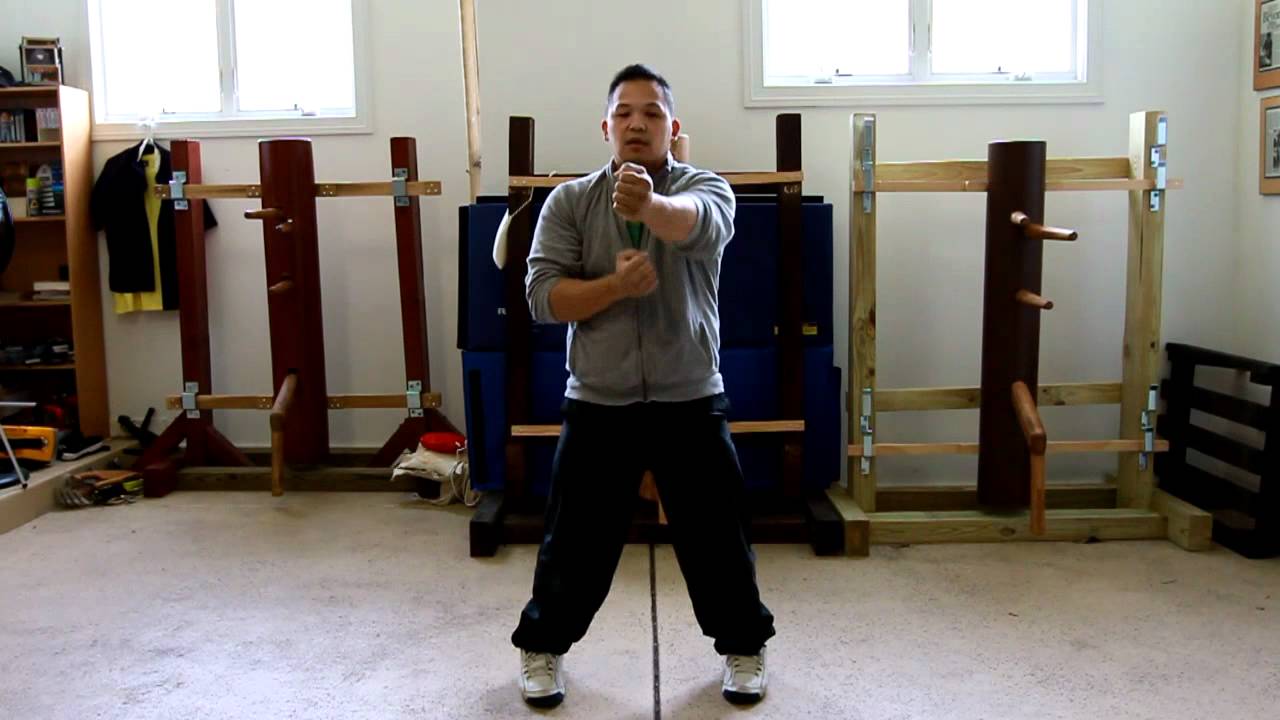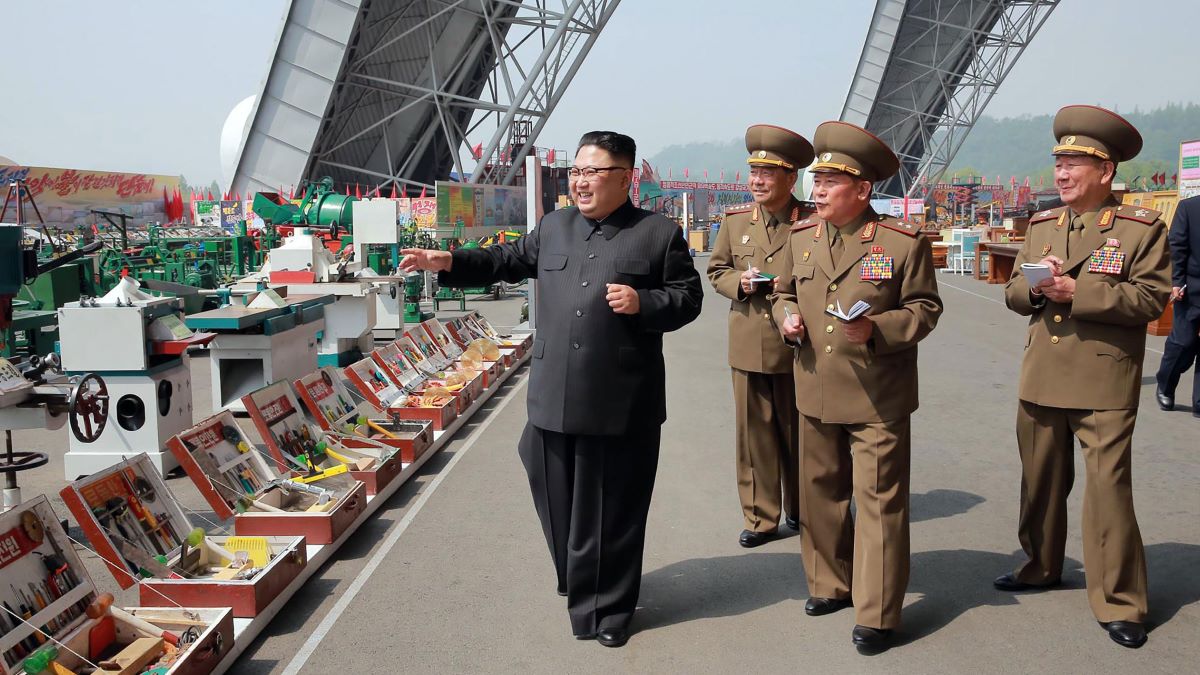
Wing Chun, also known as Ving Tsun or Wing Tsun, is a highly effective and practical martial art style that originated in southern China. With its swift and direct movements, Wing Chun has gained popularity worldwide for its unique blend of speed, precision, and simplicity. But did you know that there are some truly unbelievable facts about Wing Chun that will leave you amazed? From the legendary story of its creation to its influence on modern cinema, Wing Chun has a fascinating history filled with intriguing details. In this article, we will uncover 18 unbelievable facts about Wing Chun that will take your understanding of this martial art to new heights. So get ready to be astonished as we delve into the world of Wing Chun!
Key Takeaways:
- Wing Chun, developed by a legendary female martial artist, empowers people of all genders with practical self-defense techniques based on simplicity and efficiency.
- Wing Chun’s emphasis on speed, sensitivity, and adaptability makes it a versatile martial art suitable for individuals of all ages and physical abilities.
Wing Chun is a highly effective martial art.
With its emphasis on close-range combat and quick, efficient movements, Wing Chun is renowned for its practicality and effectiveness in real-life self-defense situations. Its techniques are based on the principles of simplicity, directness, and maximum efficiency.
Wing Chun was developed by a woman.
Contrary to popular belief, Wing Chun was not invented by a man. It was created by Ng Mui, a legendary female martial artist, during the Qing Dynasty in China. Ng Mui developed the art to empower herself and others, making it a unique martial art that is suited for people of all genders.
Wing Chun focuses on sensitivity and response.
One of the unique aspects of Wing Chun is its emphasis on sensitivity training, known as “Chi Sao.” Practitioners learn to feel and respond to their opponent’s movements in a split second, allowing them to intercept attacks and maintain control in close-quarters combat.
Bruce Lee was trained in Wing Chun.
One of the most influential martial artists of all time, Bruce Lee began his martial arts journey with Wing Chun. He later incorporated its principles into his own martial art philosophy, Jeet Kune Do. Bruce Lee’s success and fame helped popularize Wing Chun around the world.
Wing Chun is designed to overcome physical disadvantages.
Wing Chun techniques are specifically developed to allow smaller and weaker individuals to defend themselves against larger and stronger opponents. It focuses on using proper positioning, angles, and timing to gain an advantage over the adversary.
There are three empty-hand forms in Wing Chun.
The three forms, or sets, in Wing Chun are Siu Nim Tao (Little Idea), Chum Kiu (Searching Bridge), and Biu Jee (Thrusting Fingers). Each form introduces new techniques and concepts, building upon the skills learned in the previous form.
Wing Chun utilizes simultaneous attack and defense.
In Wing Chun, practitioners aim to attack and defend at the same time, using quick, simultaneous movements. This concept is known as “Lap Sau,” where the hands are used in a continuous flow to both intercept and strike the opponent.
Wooden dummy training is a vital component of Wing Chun.
The Wing Chun wooden dummy, also known as the “Mook Yan Jong,” is a wooden training apparatus that helps practitioners develop precision, power, and muscle memory in their techniques. Training on the wooden dummy enhances the effectiveness of strikes, blocks, and footwork.
Wing Chun is based on scientific principles of physics.
The techniques and principles of Wing Chun are rooted in scientific concepts, such as using economy of motion, exploiting leverage, and maximizing force. By understanding and applying these principles, practitioners can generate maximum power and efficiency in their movements.
Wing Chun is suitable for people of all ages.
Unlike many other martial arts that require extensive physical strength or flexibility, Wing Chun can be learned and practiced by people of all ages and fitness levels. Its focus on technique and sensitivity makes it accessible to individuals of varying physical abilities.
Wing Chun does not rely on brute force.
Unlike some martial arts that prioritize strength and aggression, Wing Chun emphasizes skill, strategy, and the use of proper techniques. It is not about overpowering the opponent but rather using intelligence and efficiency to neutralize threats.
Wing Chun promotes overall physical and mental well-being.
Training in Wing Chun offers numerous benefits, including improved physical fitness, increased confidence, enhanced focus, and stress relief. It provides a holistic approach to self-improvement, both physically and mentally.
Wing Chun is a practical martial art for real-life situations.
Due to its focus on close-range combat, quick reflexes, and efficient techniques, Wing Chun is highly effective in real-life self-defense scenarios. Its emphasis on using the opponent’s energy against them makes it a practical martial art for real-world applications.
Wing Chun practitioners are known for their speed and explosiveness.
Wing Chun training emphasizes developing speed and explosiveness in techniques. Through consistent practice, practitioners enhance their reflexes, allowing them to respond swiftly and decisively in combat situations.
Wing Chun is a well-rounded martial art system.
While Wing Chun is primarily known for its close-range combat techniques, it also includes elements of kicking, trapping, and grappling. This comprehensive approach makes Wing Chun a versatile martial art that covers a wide range of combat scenarios.
Wing Chun has its own unique weapon training.
In addition to empty-hand techniques, Wing Chun includes training with various weapons. The most iconic weapon used in Wing Chun is the butterfly swords, known as “Bart Cham Dao,” which are used for both offense and defense.
Wing Chun has a rich history and lineage.
Wing Chun can trace its roots back to the Shaolin Temple in China and has been passed down through generations of disciples. Each lineage has its own unique variations and interpretations, contributing to the diversity within the Wing Chun community.
Wing Chun continues to evolve and adapt.
While Wing Chun has a rich historical background, it is not stagnant. As with any living martial art, it continues to evolve and adapt to meet the challenges of the modern world. New techniques and training methods are constantly being developed to enhance its effectiveness.
Conclusion
Wing Chun is a fascinating martial art with a rich history and incredible techniques. From its origins in southern China to its worldwide popularity today, Wing Chun continues to captivate and inspire practitioners of all ages and skill levels.
With its emphasis on efficiency, practicality, and adaptability, Wing Chun offers a unique approach to self-defense and personal growth. By focusing on simplicity and directness, practitioners can develop their skills and increase their confidence in a relatively short period of time.
Whether you’re a beginner looking to explore the world of martial arts or a seasoned fighter seeking to enhance your technique, Wing Chun offers something for everyone. Its elegance, effectiveness, and unparalleled flow make it a truly remarkable martial art.
So why wait? Start your Wing Chun journey today and discover the unbelievable world of this incredible martial art.
FAQs
1. What is Wing Chun?
Wing Chun is a Chinese martial art that originated in the late 17th century. It is known for its close-range attacks and rapid strikes, making it a highly effective form of self-defense.
2. Who can practice Wing Chun?
Wing Chun is suitable for people of all ages and body types. It doesn’t rely on brute strength, making it accessible to both men and women. Whether you’re young or old, fit or out of shape, Wing Chun can be learned and practiced by anyone.
3. Is Wing Chun only for self-defense?
While Wing Chun is primarily focused on self-defense, it also offers numerous other benefits. It helps improve physical fitness, mental focus, coordination, and discipline. It is also a great way to relieve stress and build confidence.
4. How long does it take to become proficient in Wing Chun?
The time it takes to become proficient in Wing Chun varies from person to person. With regular practice and dedication, it is possible to start applying the techniques effectively within a few months. However, mastering the art requires years of training and continuous learning.
5. Can Wing Chun be used in real-life situations?
Yes, Wing Chun techniques are designed to be practical and effective in real-life situations. By focusing on simplicity and directness, Wing Chun enables practitioners to defend themselves efficiently and swiftly.
6. Can I learn Wing Chun without any prior martial arts experience?
Absolutely! Wing Chun is a great martial art for beginners. It doesn’t require any prior martial arts experience, and its techniques are intuitive and easy to learn. With the guidance of a qualified instructor, you can start your Wing Chun journey from scratch.
Was this page helpful?
Our commitment to delivering trustworthy and engaging content is at the heart of what we do. Each fact on our site is contributed by real users like you, bringing a wealth of diverse insights and information. To ensure the highest standards of accuracy and reliability, our dedicated editors meticulously review each submission. This process guarantees that the facts we share are not only fascinating but also credible. Trust in our commitment to quality and authenticity as you explore and learn with us.


